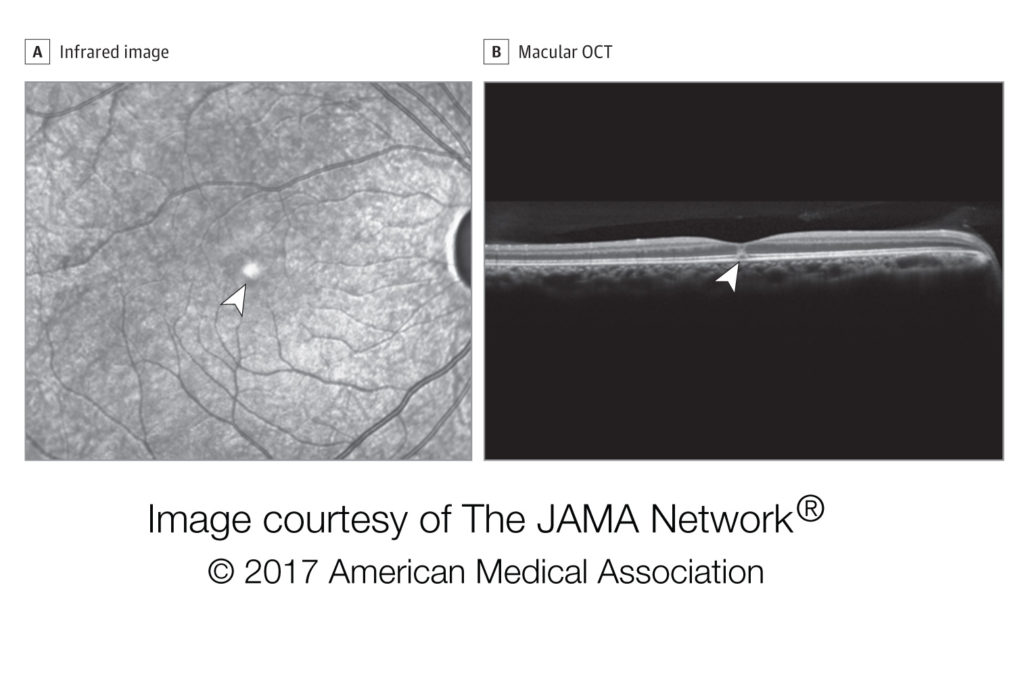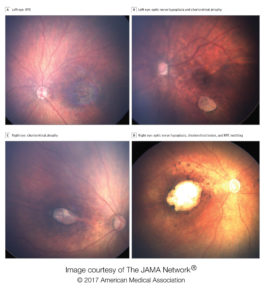EMBARGOED FOR RELEASE: 11 A.M. (ET), WEDNESDAY, SEPTEMBER 27, 2017
Media Advisory: To contact Ann Marie Navar, M.D., Ph.D., email Sarah Avery at sarah.avery@duke.edu.
Related material: The editorial, “Author Relationships With Industry,” by Robert O. Bonow, M.D., M.S., of the Northwestern University Feinberg School of Medicine, Chicago, and Editor, JAMA Cardiology, and colleagues also is available at the For The Media website.
To place an electronic embedded link to this study in your story: Link will be live at the embargo time: https://jamanetwork.com/journals/jamacardiology/fullarticle/10.1001/jamacardio.2017.3451
JAMA Cardiology
In the first year of availability of the cholesterol lowering medications PCSK9 inhibitors, fewer than 1 in 3 adults initially prescribed one of these inhibitors actually received it, owing to a combination of out-of-pocket costs and lack of insurance approval, according to a study published by JAMA Cardiology.
Since 2015, PCSK9 inhibitors (PCSK9i), alirocumab and evolocumab, have been approved for adults with persistently elevated low-density lipoprotein cholesterol (LDL-C) levels despite maximally tolerated statin therapy and those with familial high cholesterol. The retail cost for these PCSK9i can be as much as $14,000 per year, leading health insurers and pharmacy benefit managers to implement utilization management processes including prior authorization and patient therapy copays. To date, limited information is available on how these preauthorization processes and copays jointly are associated with access to PCSK9i in community practice.
Using pharmacy transaction data, Ann Marie Navar, M.D., Ph.D., of the Duke Clinical Research Institute, Durham, N.C., and colleagues evaluated 45,029 patients who were newly prescribed PCSK9i in the United States between August 2015 and July 2016. Of patients given a new PCSK9i prescription, 51 percent were women, 57 percent were 65 years or older, and 53 percent had governmental insurance.
Of the patients given a prescription, 20.8 percent received approval on the first day, and 47.2 percent ever received approval. Of those approved, 65.3 percent filled the prescription, resulting in 30.9 percent of those prescribed PCSK9i ever receiving therapy. Patients who were older, male, and had atherosclerotic cardiovascular disease were more likely to be approved, but approval rates did not vary by patient LDL-C level nor statin use. Other factors associated with drug approval included having government vs commercial insurance, and those filled at a specialty vs retail pharmacy. Approval rates varied nearly 3-fold among the top 10 largest pharmacy benefit managers.
Not having a prescription filled by patients was most associated with copay costs, with prescription abandonment rates ranging from 7.5 percent for those with $0 copay to more than 75 percent for copays greater than $350.
Several limitations of the study are noted in the article.
For more details and to read the full study, please visit the For The Media website.
(doi:10.1001/jamacardio.2017.3451)
Editor’s Note: Please see the article for additional information, including other authors, author contributions and affiliations, financial disclosures, funding and support, etc.
# # #
For more information, contact JAMA Network Media Relations at 312-464-JAMA (5262) or email mediarelations@jamanetwork.org.


